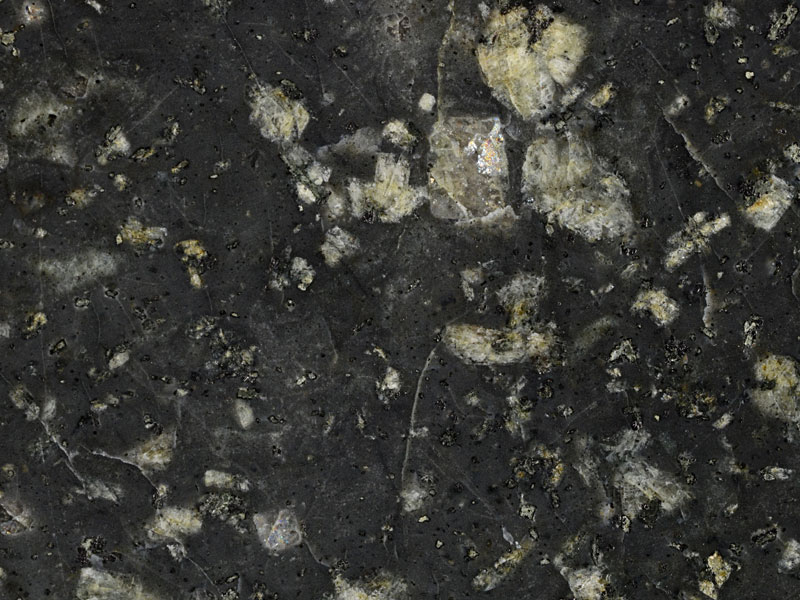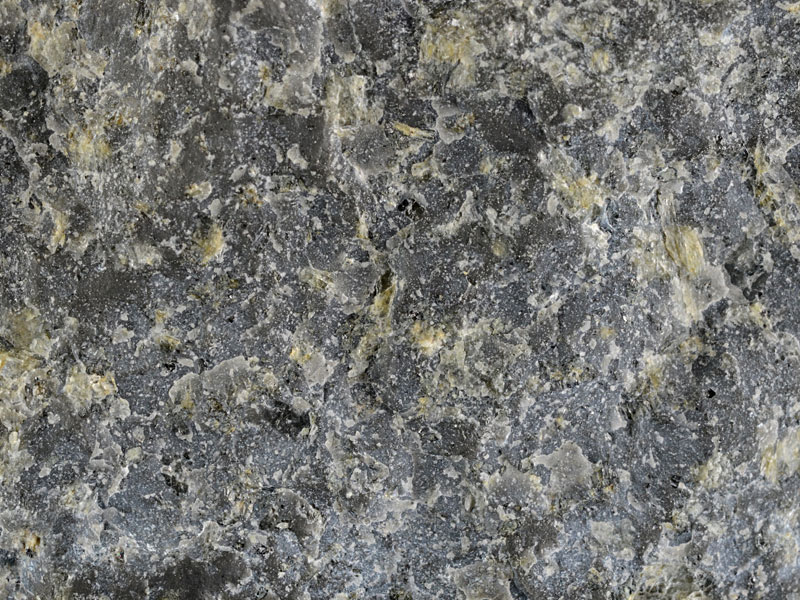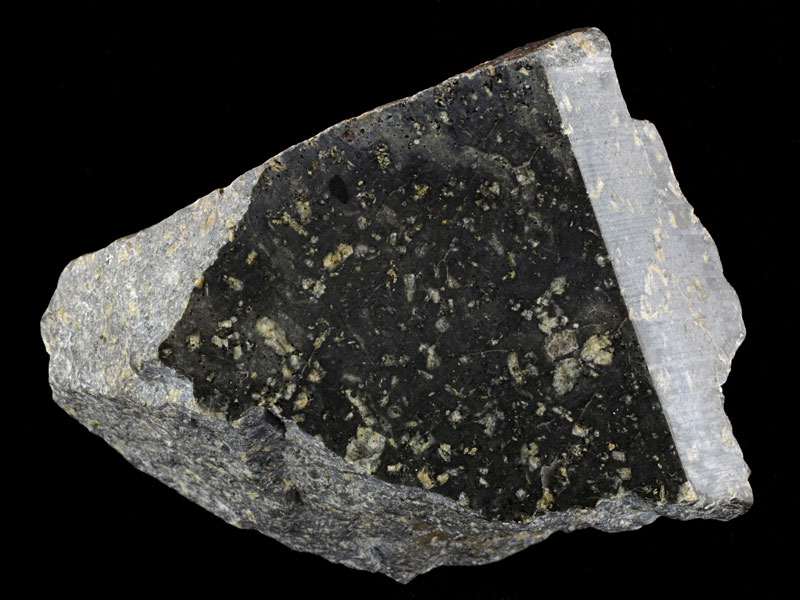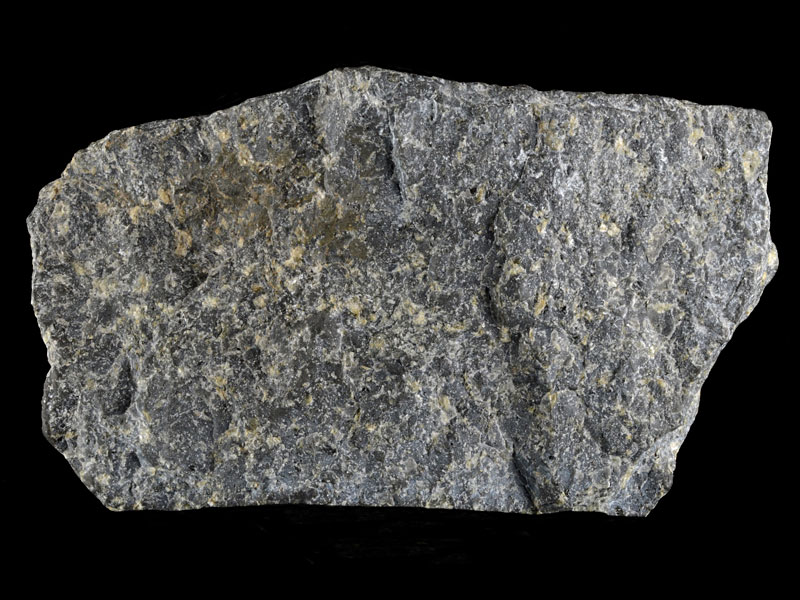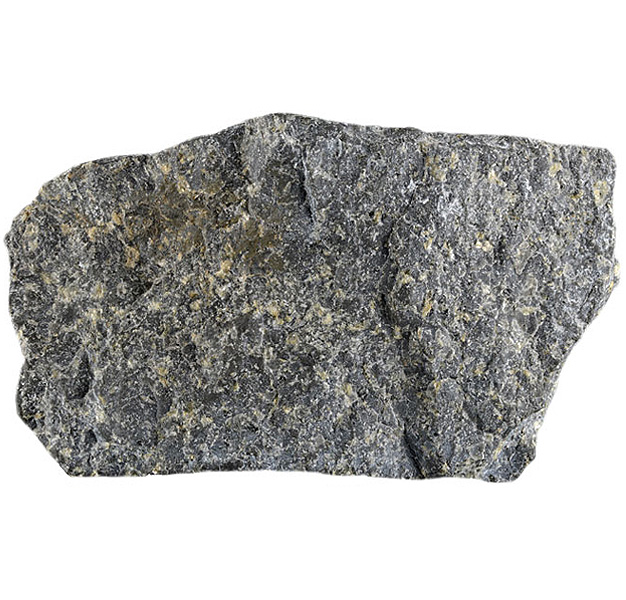
Fact sheet
This sample of Porphyritic Rhyodacite (known as ‘Porphyritic Felsite’ in early accounts) comes from the Rum Central Igneous Complex of the Paleocene North Atlantic Igneous Province. It formed a caldera-filling ignimbritic flow and was found on the Col between Sgurr nan Gillean and Ainshval, Southern Mountains Zone. The rock was part of Phase 1 of the Rum Central Complex, one of the silicic magmas accompanying ring-faulting and caldera formation.
The thin section contains phenocrysts of zoned plagioclase and quartz (commonly corroded) in a fine-grained, equigranular quartz-feldspathic matrix with irregular crystals of green hornblende and relic pigeonite and augite, and magnetite.
The United Kingdom Virtual Microscope (UKVM) collection consists of igneous, sedimentary and metamorphic rocks from around the UK.
It is intended as a teaching resource, helping to tell the story of the common rock types and how they form, and reflecting the history of the UK at the margins of the continent of Europe. The collection is a series of teaching sets, for example igneous rocks from the North Atlantic Igneous Province and SW England; high-temperature metamorphic rocks from Scotland and low-temperature metamorphic rocks from Wales; and sedimentary rocks, including English limestones and sandstones.
